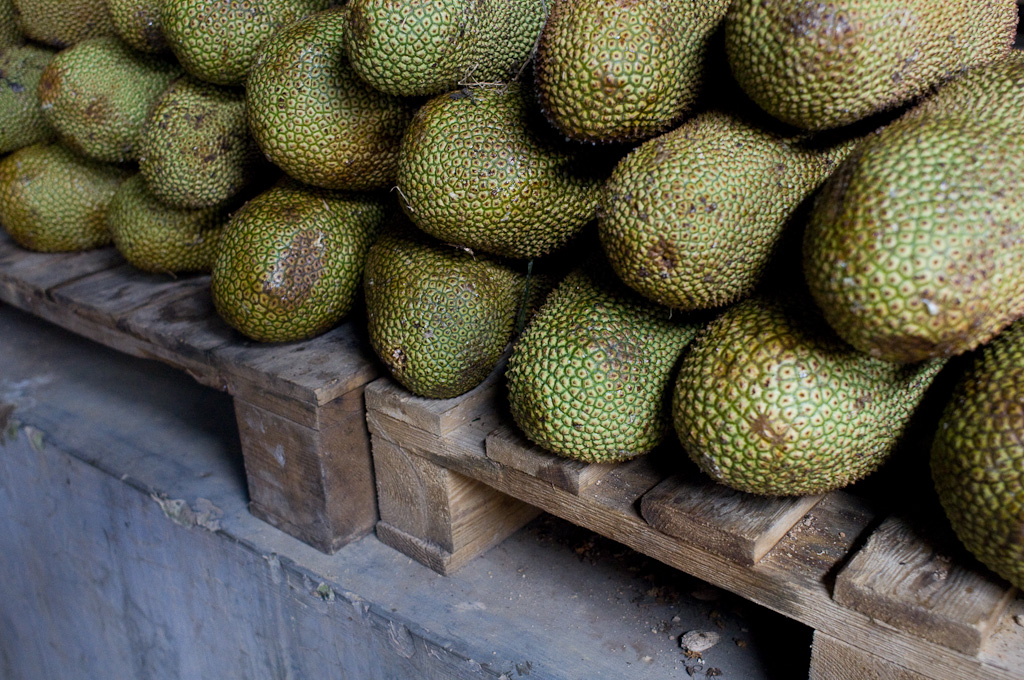Given the range of research destinations its no surprise that one of the frequently most asked questions is how we choose our study locations.
Some clients have very specific location requirements, others will look to your for advice on where the most appropriate study location. Client needs may be built around places that already support a particular kind of technology infrastructure e.g. 4G roll-out, or contactless payments; places at the leading edge of different types of global trends e.g. London, Milan, Tokyo, San Francisco; perceived market opportunity e.g. China; or in a location where demographics closely aligned to consumer segmentation models.
The more your client understands the nuances of cross-cultural field research the more likely they’ll be asking you for advice on where to run the study, and it helps to have access to baseline data to support your proposals, to compliment or challenge theirs. Numerous organisations publish datasets online: the CIA World Fact Book provides background information on every country in the world and includes statistics such as languages spoken; ethnic breakdown and religion; the United Nations Statistics Division is a good source of data such as literacy rates and infant mortality; many countries publish census data online. It is usually possible to get a sense of a city through sites such as Wikitravel combined with online maps, and the potential for hiring students can often be gauged from university department web sites. Don’t discount the value of your own personal travel – the broader the range of experiences the better you will be at understanding the nuances of what is more or less likely to work in a particular locale.
All things being equal, choosing a location where the team has not yet spent time helps keep things fresh – familiarity has a habit of numbing the mind. There are exceptions to constantly looking for the new: longitudinal, comparative studies typically require repeat visits to the same geographic location; and if the emphasis of the study is on creation then it’s sometimes better to stick to a creative or reflective space that you know will work – the line between creatively-inspirational and wacky-annoying is a surprisingly fine one.
Generally speaking 2nd tier cities are easier to conduct research in – large enough to be anonymous, small enough not to encounter too much attitude; sufficient creature comforts to keep the team happy but not overly distracted; traversable without lengthy delays stuck in traffic.
8 questions to ask when deciding where to run the study:
Tune in Monday for Part II.
